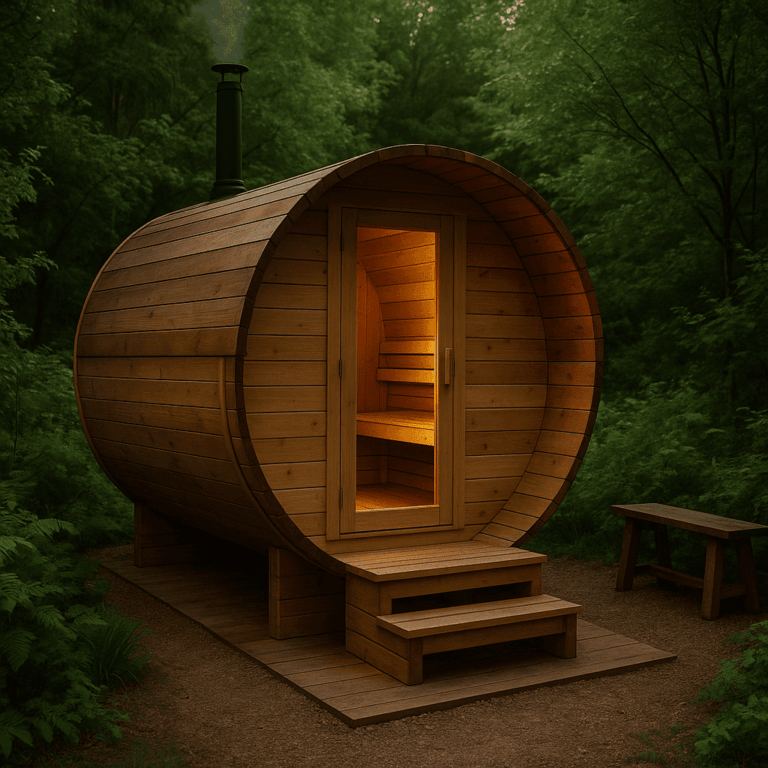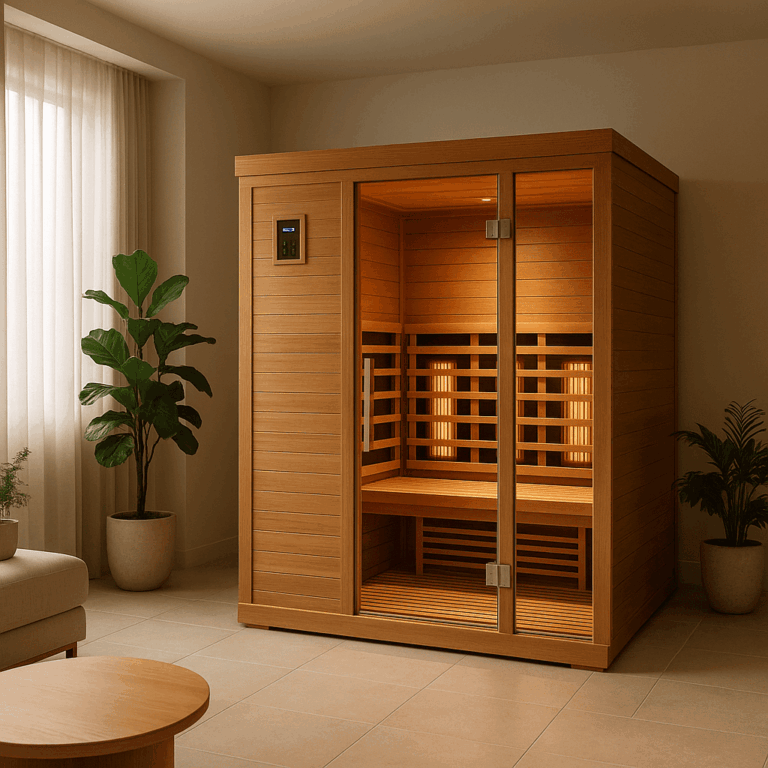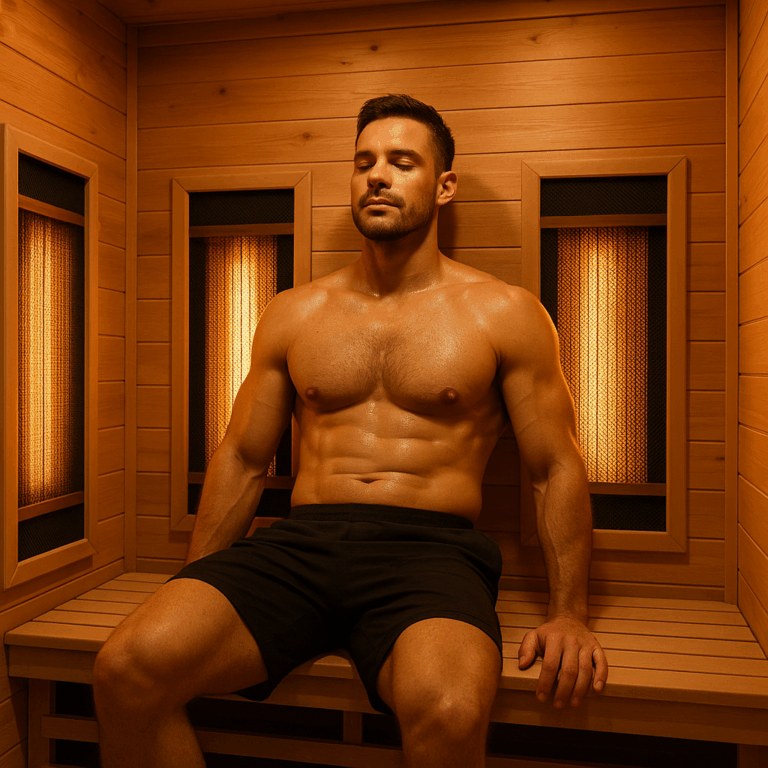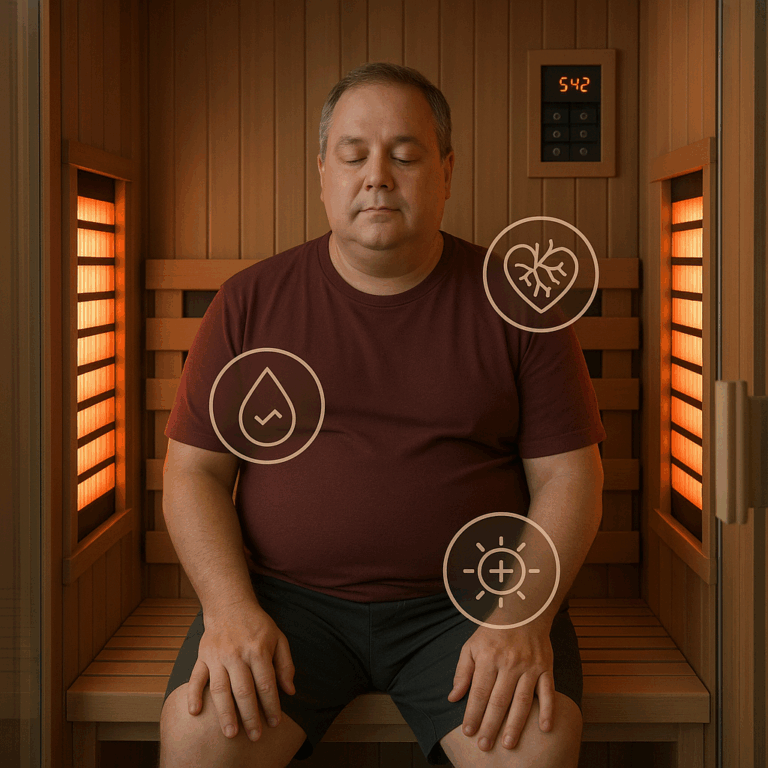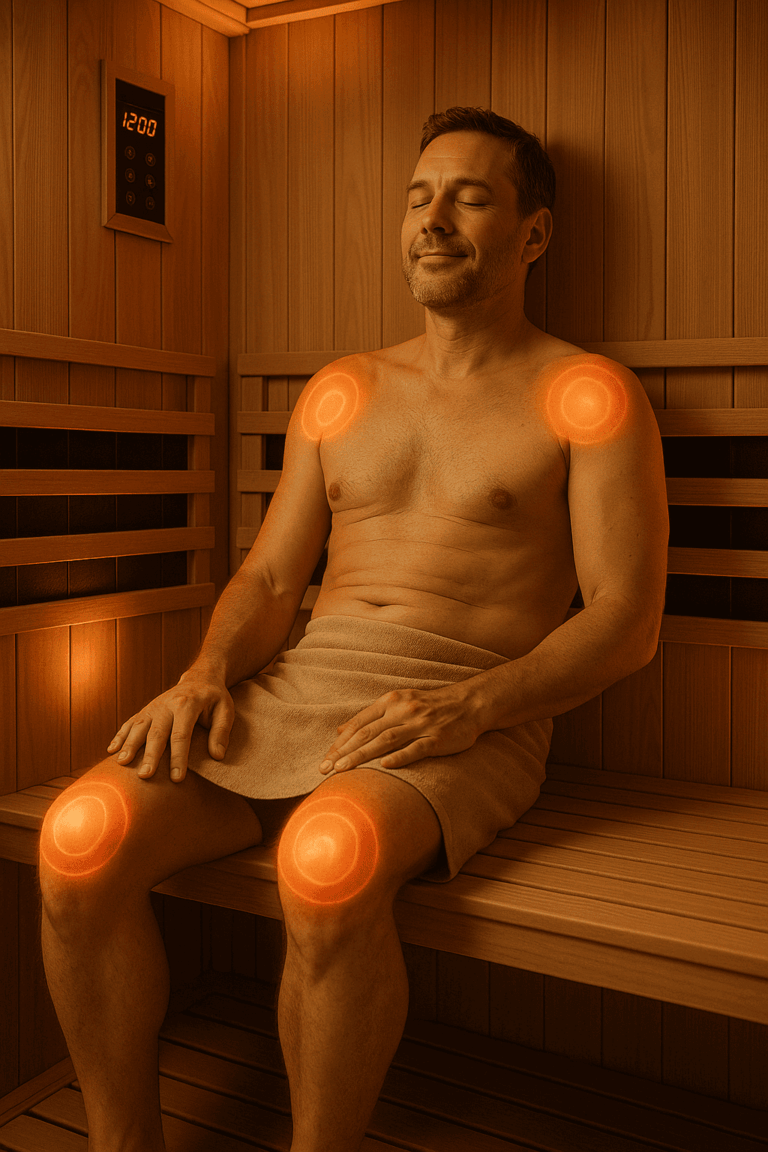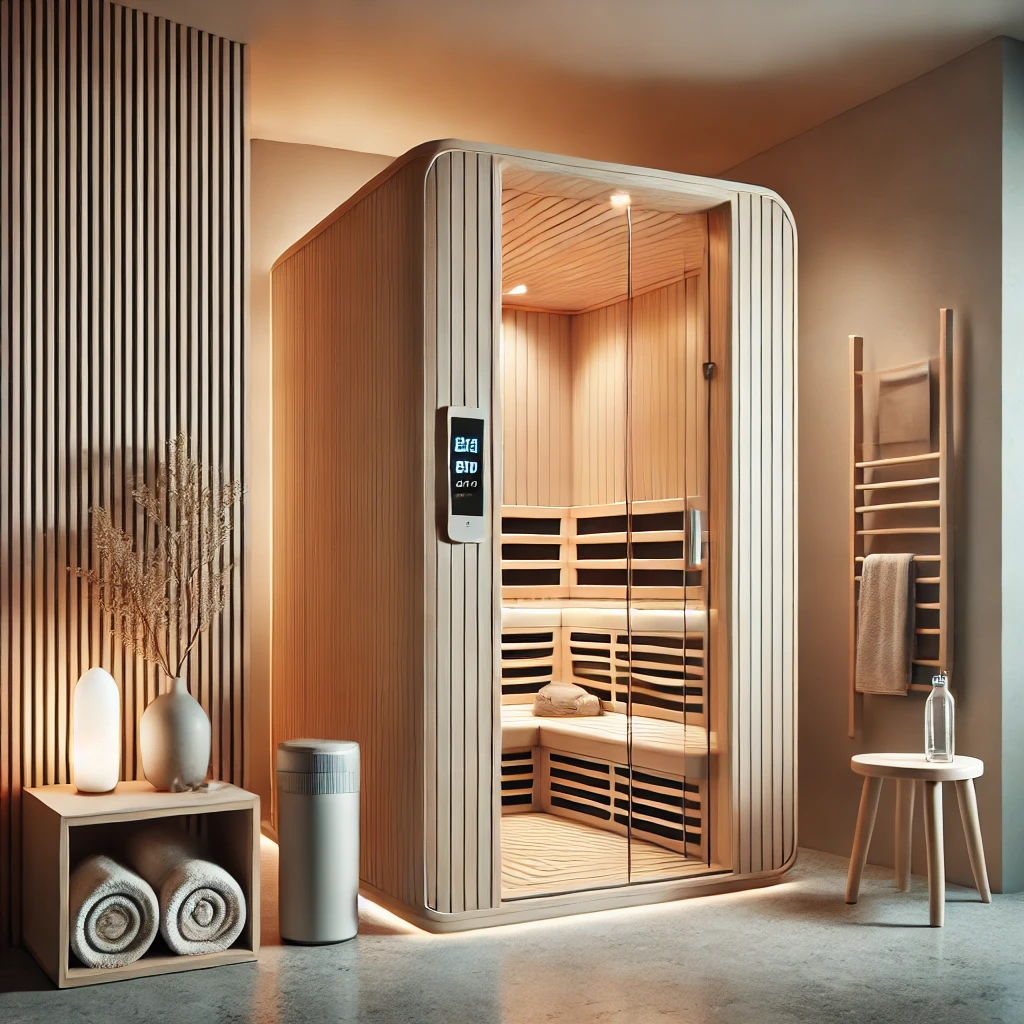
Home saunas have evolved from a luxury amenity into a widely accessible wellness tool. Market demand for personal saunas has surged, driven by increased health awareness, pandemic-era lifestyle shifts, and the desire for private, controllable relaxation environments. But for many homeowners, the critical question remains: Is a home sauna a smart investment—or just an expensive trend?
This article examines the health benefits, installation requirements, long-term costs, and return on investment associated with personal sauna ownership.
The Data Behind the Trend
Consumer data indicates a steady rise in home sauna sales across North America and Europe over the last decade, with particularly sharp growth since 2020. According to Allied Market Research, the global sauna market is expected to reach $5.6 billion by 2031, driven by residential installations and wellness-centered home renovations.
Key factors contributing to this growth include:
- Increased focus on immune health, stress management, and recovery
- Expansion of the wellness industry into home-based solutions
- Technological advancements in compact, energy-efficient infrared models
- Greater availability of plug-and-play or DIY-installation saunas
Health Benefits That Justify the Cost
Scientific research supports a wide range of benefits linked to regular sauna use. While exact outcomes vary by individual and usage frequency, consistent findings show:
- Improved cardiovascular function: A 2015 study published in JAMA Internal Medicine linked frequent sauna use to reduced risk of sudden cardiac death.
- Enhanced metabolic health: Regular heat exposure improves insulin sensitivity and promotes thermogenic fat oxidation.
- Stress reduction: Saunas trigger parasympathetic activity, lower cortisol, and release endorphins.
- Muscle recovery and pain relief: Heat improves circulation, oxygen delivery, and reduces delayed onset muscle soreness (DOMS).
- Skin detoxification and collagen support: Sweating helps expel impurities and stimulates cellular turnover.
While these benefits are also available in public sauna settings, at-home models provide daily accessibility, privacy, and customization.
Reference: JAMA Internal Medicine – Sauna Bathing and Mortality
Cost Breakdown: What You’ll Spend
The cost of a home sauna can range widely depending on the model, capacity, and installation type.
| Sauna Type | Cost Range (USD) | Typical Use |
|---|---|---|
| Infrared (1–2 person) | $1,500 – $3,500 | Indoor, compact, energy-efficient |
| Infrared (3–4 person) | $3,500 – $6,000 | Family or wellness rooms |
| Traditional (2–4 person) | $4,000 – $8,000 | Requires 240V, more intense heat |
| Outdoor cabin saunas | $6,000 – $12,000+ | Standalone, high-end installations |
Additional costs to consider:
- Electrical work: $500–$1,500 depending on panel capacity and wiring
- Ventilation and vapor barriers
- Building permits (for outdoor or large indoor builds)
- Ongoing electricity costs, typically $0.25–$0.75 per session
ROI and Property Value Considerations
Adding a sauna can enhance your home’s value, particularly in mid-to-upper-tier properties and wellness-conscious markets. While exact ROI depends on regional demand and real estate trends, saunas are increasingly listed as value-added amenities in home listings.
Key real estate impacts:
- Improves appeal in health-focused or luxury markets
- Adds functional value to unused spaces (e.g., basements or outbuildings)
- Complements other wellness features like gyms or spas
Note that ROI is often indirect—realized through lifestyle benefits and long-term use rather than immediate property appreciation.
Energy Use and Operating Costs
Modern infrared saunas are highly efficient. A standard 1–2 person unit uses 1.5 to 2.0 kWh per session, equating to:
- $0.20–$0.30 per use in most U.S. regions
- $5–$9/month for regular users
Traditional saunas require more energy—up to 6.0 kWh per session—but also offer more intense thermal effects. Proper insulation, usage limits, and energy-saving timers help reduce operational costs over time.
Installation and Maintenance: What to Expect
Most residential saunas are delivered as pre-fabricated kits. Installation timelines range from 1 to 2 days for plug-and-play models to 1–2 weeks for custom outdoor units.
Maintenance requirements include:
- Weekly wiping and drying of interior surfaces
- Periodic deep cleaning with non-toxic cleaners
- Infrared panel inspection every 6–12 months
- Traditional heater stone replacement every 1–2 years
Long-term durability depends on wood quality, ventilation, and user care—but most saunas last 10–20 years with routine upkeep.
Who Should Consider a Home Sauna?
You’re a strong candidate for a home sauna if you:
- Prioritize regular recovery, detox, or stress relief
- Want consistent access without leaving your home
- Have unused space or are planning a wellness-focused renovation
- Are managing chronic pain, inflammation, or sleep issues
- Own a property in a high-value, health-oriented market
For households or individuals with irregular use or limited space, investing in a membership-based wellness facility may offer better cost efficiency.
Potential Limitations and Considerations
While saunas offer clear benefits, consider these limitations:
- Upfront cost may be prohibitive for budget-sensitive users
- Space constraints in small homes or apartments
- Electrical upgrades needed for 240V traditional units
- Ventilation requirements in enclosed indoor spaces
- Contraindications for certain health conditions (e.g., unstable cardiovascular disease, pregnancy)
Always consult your physician before beginning a regular sauna routine, especially if managing a chronic medical condition.
Conclusion: Is It Worth the Investment?
For health-conscious individuals seeking daily recovery, relaxation, and wellness in a private setting, the answer is yes—a home sauna is a valuable investment. It combines scientifically supported health benefits with long-term cost efficiency and growing resale appeal.
With the growing shift toward at-home wellness solutions, a residential sauna is more than a luxury—it’s a high-performance lifestyle tool that pays dividends in energy, clarity, and resilience.
